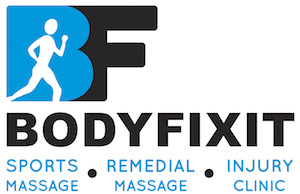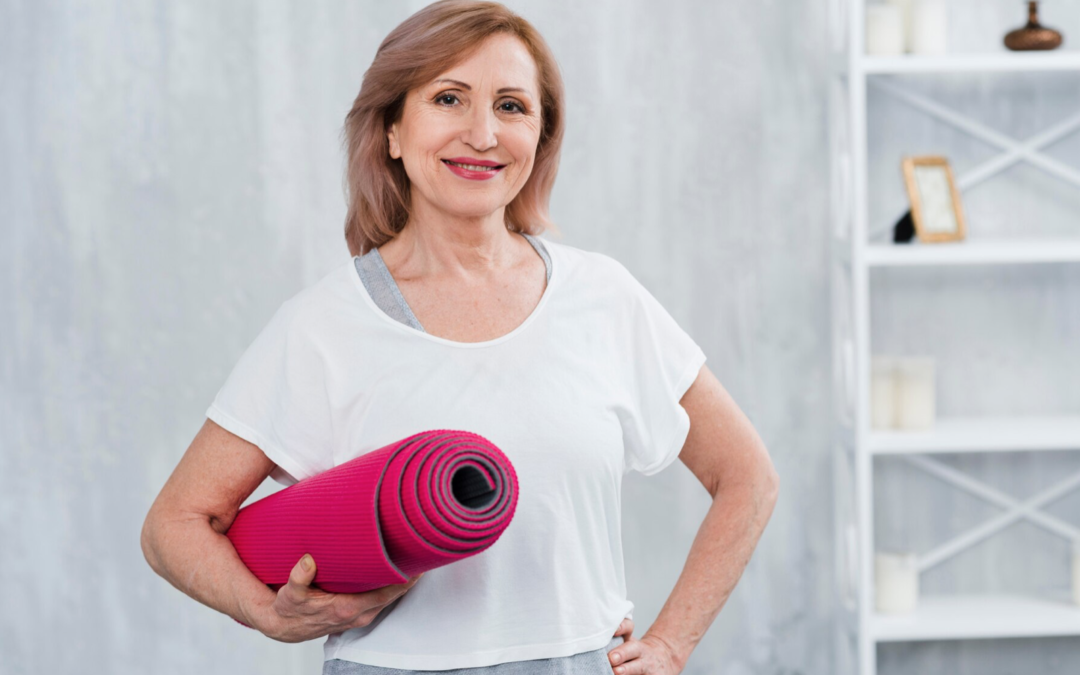Today, we’re diving into the wonderful world of Pilates, answering some of the most frequently asked questions that come our way. Whether you’re a curious beginner or a seasoned enthusiast, we hope this provides some valuable insights…

Your Questions Answered
1. What is Pilates, and what are its benefits?
Pilates is a low-impact exercise system focusing on core strength, flexibility, and posture. Developed by Joseph Pilates, it incorporates breathwork with precise movements to activate deep muscle groups, leading to various benefits:
- Improved core strength and stability: This translates to better posture, reduced back pain, and enhanced athletic performance.
- Enhanced flexibility and range of motion: Pilates helps maintain limberness, making everyday activities easier and reducing injury risk.
- Stress reduction and improved mood: Research suggests Pilates can promote relaxation and lower anxiety levels.
2. Is Pilates only for specific fitness levels?
Absolutely not! The beauty of Pilates is its beginner-friendly approach. We tailor exercises to accommodate everyone. You can always modify movements based on your abilities and gradually progress as you strengthen and gain confidence.

3. Can Pilates help with specific injuries or conditions?
Yes, Pilates is often recommended for managing chronic pain, especially back pain, and rehabilitating various injuries. It’s important to remember that while beneficial, it’s crucial to consider a few things:
We can tailor the exercises to your specific needs and limitations, ensuring a safe and effective experience.
Here are some common conditions and injuries where Pilates can be beneficial:
- Back pain: Pilates strengthens core muscles, improving posture and stability, which can significantly reduce back pain. Specific exercises can target different areas of the back, addressing specific pain points.
- Neck pain: Gentle neck stretches and strengthening exercises in Pilates can alleviate neck pain caused by tension or poor posture.
- Knee pain: Pilates strengthens leg muscles and improves joint stability, reducing pain and improving knee function. Exercises can be modified to avoid putting strain on your knees.
- Arthritis: Low-impact Pilates movements can improve joint mobility and flexibility, easing pain and stiffness associated with arthritis. Modifications ensure safe participation.
- Post-surgical rehabilitation: Pilates can be a crucial part of rehabilitation programs after various surgeries, helping regain strength, flexibility, and balance gradually and safely.
Remember, adaptability is key! We can assess your individual needs and limitations, modifying exercises to ensure safe and effective practice. Whether you have limited mobility, joint issues, or specific pain points, we can tailor the Pilates experience to empower your recovery and well-being.
4. Do I need fancy equipment for Pilates?
Not at all! One of the best things about Pilates is its accessibility. While some studios offer equipment-based classes, we at Bodyfixit focus solely on mat-based exercises. This means you don’t need any fancy equipment other than a comfortable mat and maybe a few small props like resistance bands or balls. It’s all about using your own body weight to achieve impactful results. Plus, starting without equipment makes it easy to try Pilates anytime, anywhere!

5. How often should I do Pilates to see results?
Consistency is key! Aiming for 1-2 sessions per week is ideal for noticeable results. Remember, even a single class can provide benefits like improved posture and awareness.
While doing Pilates once a week is better than not doing it at all, consistency is essential for optimal results. Aiming for at least 1-2 sessions per week will allow you to see more significant improvements in your strength, flexibility, and overall well-being. However, even one weekly session can help maintain existing benefits and promote relaxation. Ultimately, the frequency depends on your individual goals and schedule.
6. Can Pilates help with weight loss?
Pilates isn’t solely designed for weight loss, but it can contribute to healthy weight management in several ways:
- Building muscle: Muscle tissue burns more calories at rest, boosting your metabolism and aiding weight management.
- Improved posture and body awareness: This can lead to making healthier choices throughout the day, like being more mindful of your posture and food intake.
- Increased strength and stamina: This can indirectly support weight loss efforts by encouraging longer and more intense workouts in other activities.
7. Why do my hips pop and click in Pilates?
Do you ever feel your hips clicking or popping during Pilates exercises? This is super common and most of the time, perfectly normal! If you’re not having sharp pain, these sounds usually mean that you’re warming up and certain exercises are revealing your weak spots. For example, when your abs aren’t fully connected during exercises like Leg Circles or Scissors, your pelvis wobbles…
This little bit of instability in your pelvis allows tight or loose muscles and tendons to rub in your joint and that’s why you hear funky sounds!


